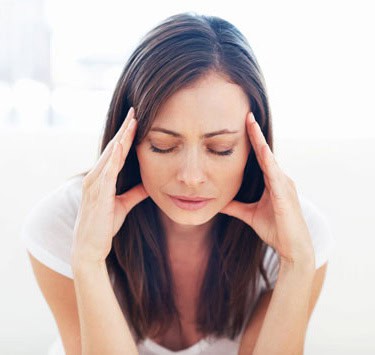What is vestibular rehabilitation?
Vestibular rehabilitation is an exercise-based program, designed by a specialized physical therapist, to improve balance and reduce dizziness-related problems.
Who benefits from vestibular rehabilitation?
Patients who are typically referred for vestibular rehabilitation therapy are those diagnosed with dizziness, imbalance, vertigo, Meniere’s syndrome, benign paroxysmal positional vertigo (BPPV), neck-related dizziness and migraines. It can also benefit patients who have had a stroke or brain injury or whom are frequently fall.
How is dizziness defined?
Dizziness is defined as feelings of unsteadiness; wooziness (swimming feeling in head); lightheadedness; feelings of passing out; and sensations of moving, spinning, floating, swaying, tilting, or whirling (sensations known as vertigo).
These sensations can occur when standing still, lying down or when changing positions. The symptoms can last from seconds to minutes to days. For some people the symptoms are constant; others experience only short episodes of symptoms.
What causes dizziness?
Each year over 10 million patients visit a physician due to dizziness. It is the most common complaint among elderly patients but can occur in patients of any age.
Dizziness is generally not serious, but is often a sign of a mechanical problem. Dizziness can be due to an inner ear disorder, a side effect of medications, a sign of neck dysfunction, or it can be due to a more serious problem such as a brain or a heart problem.
Common symptoms that can be helped with vestibular rehabilitation include:

- Dizziness or blurry vision with head movements
- Neck tightness, stiffness and/or pain
- Imbalance or the need to hold onto objects when walking
- Headaches
- Frequent falls
- Generalized “dizziness, wooziness and foggy head” feelings
- Vertigo/spinning
What type of recovery/outcome can I expect from vestibular rehabilitation?
Expected vestibular rehabilitation outcomes include:
- Decreased fall risk
- Decreased dizziness symptoms
- Improved balance
- Improved ability to stabilize vision/gaze
- Increased body strength
- Return to prior level of movement/function
- Increase in confidence in ability to maintain balance
- Improved neck motion, reduced symptoms
Vestibular Rehabilitation Therapy (VRT)
Vestibular rehabilitation therapy (VRT) is a form of physical therapy that uses specialized exercises that result in gaze and gait stabilization. Most VRT exercises involve head movement, and head movements are essential in stimulating and retraining the vestibular system. Vestibular rehabilitation therapy has been a highly effective modality for most adults and children with disorders of the vestibular or central balance system.
References:
- BSF Vestibular Rehab Exercises Journal
- McDonnell MN, Hillier SL. Vestibular rehabilitation for unilateral peripheral vestibular dysfunction.
- Horak FB. Postural orientation and equilibrium: what do we need to know about neural control of balance to prevent falls?
- emedicine.medscape.com/article/883878
- Meli A, Zimatore G, Badaracco C, De Angelis E, Tufarelli D. 2006. Vestibular rehabilitation and 6-month follow-up using objective and subjective measures
Share:
Was this article helpful?
Share:
Was this article helpful?
Health Packages
Elevate your health with tailored health packages at Columbia Asia Hospital. Take charge of your health journey today.
Pink October 2025
From
RM80
HLA Policyholders Promo: Influenza Vaccination
RM65
Find Out MorePink October 2024
From
RM80

